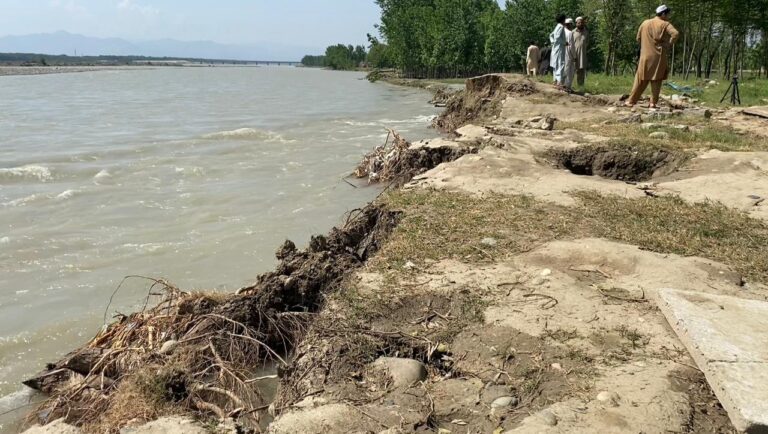ISLAMABAD: Despite contributing less than 1% of the world’s greenhouse gases, Pakistan ranks as the eighth most vulnerable nation to the climate crisis according to the Global Climate Risk Index. The country faces severe repercussions, including unpredictable rains, floods, and shifting weather patterns, resulting in extensive damage to schools, homes, and infrastructure.
The 2022 flood season was particularly devastating, with over 10% of Pakistan’s territory submerged. The floods claimed more than 1,700 lives, displaced over 2 million people, and destroyed approximately 2,000 health facilities. The total damage and economic losses exceeded $30 billion.
In response to these challenges and to move towards net-zero carbon emissions, the federal government has significantly increased the budget for the Ministry of Climate Change by Rs11.82 billion. This move underscores Pakistan’s commitment to environmental sustainability, particularly through the ongoing Green Pakistan program, which was formerly known as the Ten Billion Tree Tsunami.
For the fiscal year 2024-25, the development budget for the Ministry of Climate Change will rise from Rs4 billion to Rs15.87 billion. This increase aims to bolster efforts to mitigate climate change effects through various initiatives.
The Green Pakistan program, launched in 2018 as a continuation of the Ten Billion Tree Tsunami project, focuses on nationwide tree planting to enhance forest cover. The total cost of the Green Pakistan project is projected to exceed Rs125 billion, with an expected expenditure of Rs29.56 billion by June 30. For the next financial year, expenditures are projected to surpass Rs45 billion.
Additionally, the new budget will fund four other projects under the Ministry of Climate Change, with Rs100 million allocated to enhance the ministry’s capacity to manage and implement these initiatives efficiently.
The Green Pakistan program and its predecessor, the Ten Billion Tree Tsunami, are central to the country’s environmental strategy. These efforts aim to combat deforestation, promote biodiversity, and mitigate the impacts of climate change by increasing the nation’s green cover.


